It is rarely found in nature a similar plant that combines so many advantages as a freezer. Winter hardiness and drought resistance, early and long period of flowering, long-term cycle of life, unpretentiousness in care - and with all this wealth, also amazing beauty flowers. Truly, a unique herbaceous plant!
For the first time, seeing the background of the snow-covered flower beds. Bright cups of blooming freeznika, truly fall in love with this amazing evergreen flower. And the palette of the paints of the inflorescence is so diverse with shades and combinations that each flower can be able to find a favorite variety for itself. Moreover, the versatility and the endurance of a freezer allows you to easily grow and multiply the culture on its plot.
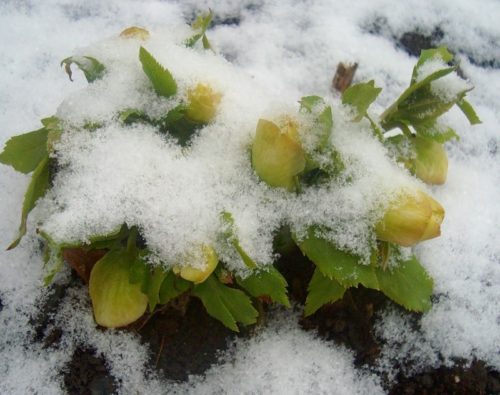
How to plant a freezer and provide proper care to the plant, what to choose a variety and method of reproduction is described in detail in the article. A selection of photos of frost varieties and a detailed video about the peculiarities of growing this garden plant will only complement the overall impression after the material read.
Frosty, plant description
The name of the plant is already in a sense, characterizes its properties. The freezer or wintering is not afraid of low temperatures, being a frost-resistant evergreen representative of the Lutikov family.
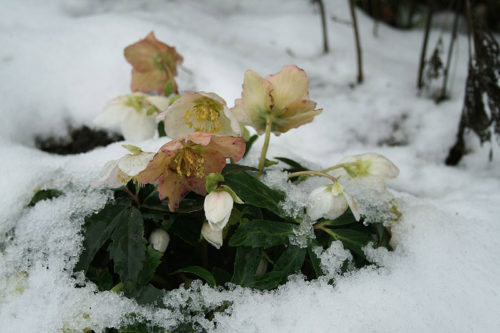
It is also known as the "Christmas Rose" and "Christ Flower". According to the legend, at the birth of Christ, the poor shepherd could not find a worthy gift for congratulations and bitterly. Then, in this place there was a wonderful beauty flower, which became a real and unusual, for winter time, a floral gift for a baby - Jesus. The nurse can also meet the name of Latin origin - "Gelleburus" (Helléborus).
The natural area of \u200b\u200borigin of the plant is Europe, in particular the territory of the Mediterranean basin. Wide dissemination Zimnographer received in the regions of the middle part of Europe to the countries of Malaya Asia. In nature, the freezer gives preference to mountain and shady terrain.
This long-term grassy genus of plants has more than 14 species. It has a short (from 20 to 50 cm) is not a branched stem, with roar, rigid and long-cooled leaves. The bright green leaf plate is perfectly saved in winter under the snow, which gives the plant a special decorative value throughout the year. By the flowering period, the leaves look slightly told, and fresh buds grow out of the middle of the plant. At the occurrence of stable spring heat, new young leaflets will germinate.
Rhizome near the cloth is quite powerful: short, thickened and severe.
The main wealth of plants, flowers: large (up to 13 cm in diameter), cupid shape with a variety of shades of the cup. There are freezes with simple and terry inflorescences of white, yellow, pink, salad, purple, and even ink colors. Previously, species with flowers marked with contrast dates or specks along the entire length of the sewers are presented, string with the main flower color palette.
This herbaceous plant blooms in early spring, and in regions of moderate latitudes, with a warm climate - already in winter, continuing flowering until summer. In the ripening of seeds, the flowers in the Christmas roses are not withering and do not shuffle: they will gradually dry and become light green, up to the moment of rash of ripened seeds.
Neither the leaves nor the buds nor the flowers of the freezer are afraid of frost and snow. This unique feature of the perennial elevated this flower into a separate rank of early decorative plants. Gardeners are happy to grow this culture, enjoying the early blossoms of her beautiful, similar on lanterns, flowers.
The varietal division of the wintering is weakly pronounced. This is due to the peculiarities of the seed upset of the plant, when the emerging sprouted seedlings can have a completely different color or flower shape than parental individual.
The greatest varietal variety is recorded in the Balkans, such types of freeznika became the most popular in Europe, like a freezer black and eastern.
Varieties and types of freeznik
The most popular types of perennial:
- Frost black on right is recognized by one of the most beautiful representatives of the family. A plant blooms, as a rule, in March-April, white and gently pink non-disrupting flowers, a diameter of about 8 cm. This type of frost is a short and compact bush, high up to 30-50 cm high, with a high level of winter hardiness. In particular, the perennial is able to handle frost well to - 35 ºC.
Of the common varieties, the Potter's Wheel should be noted with very large, white, sewers reaching in diameter up to 12 cm.
Rgayochoch grade, has light pink flowers, pleased with their flowering in November.
The Louis Cobbett grade is distinguished by pink flowers and stems of saturated burgundy color.
- The Oriental Frost is an evergreen view, reaching a height of up to 30 cm and blooming in March-April. A large selection of coloring inflorescence is explained by high species variability of the species. The palette of cups varies from white, pink and cream to violet and black. Flowers can have a variety of splashes, in shape resemble a star and have a diameter of about 5 cm.
Schmiemann Strain Lady Series Sirings are represented by reprehensive low bushes blooming depending on the region: in the south - in February, in the middle lane - in April. Flowers of varieties are distinguished by a variety of colors.
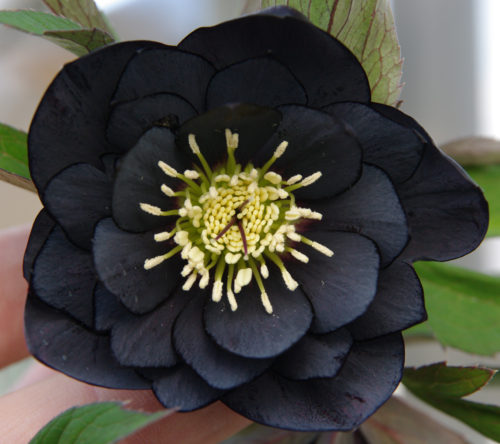
- Freeznik smelly, although it is an unpleasant aroma, it looks very spectacious and original. Many, salad and gently greenish in color, colors - bells, attract flowerflowers with their unusually decorative species. Separately taken flower - small in size, but, located on high blooms (up to 80 cm) with whole accumulations of inflorescences, form beautiful fluffy twigs. Zimovnik grows in a height of no more than 50 cm, densely seated deeply dissected dark green leaves. The view is pretty drought-resistant, frosty and shadowed.
Wester Flisk is a popular variety, has the inflorescences of red shades and grayish-gray leaves.
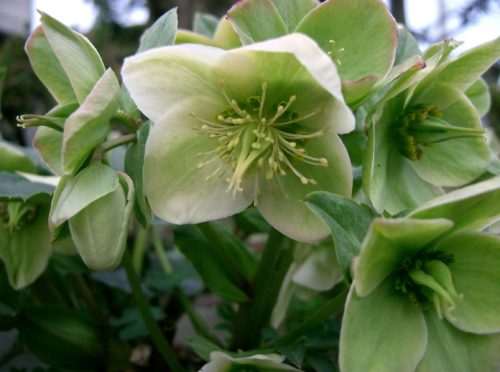
- Caucasian cloth is characterized by long (up to 15 cm) with rigid leathery leaves and drooping flowers, a diameter of no more than 8 cm. The color of the inflorescence can be light green, white, yellow. Flowers, starting from the end of April and until June. The birthplace is the Caucasus. Gelleburus is distinguished by a high degree of winter hardiness and endurance. Plant poisonous.

- The frost is hybrid presented with garden hybrids obtained as a result of crossing different types. The color palette is the most diverse, the size of the inflorescence does not exceed 8 cm in diameter. Flower paints are durable, length from 45 to 70 cm, depending on the variety.
Violetta variety is characterized by white, fluffy at the base, couples with pink subtle streaks and border.
Belinda has terry white flowers of a mixed salad and pink shade and a thin edging along the edge.
Queen of the Night is a variety with bright pink flowers and golden stamens.
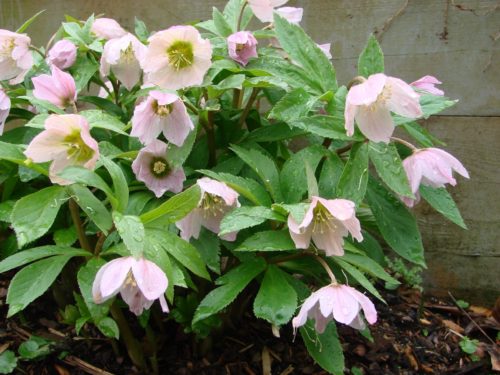
- The freeznik reddish is characterized by large, palpat-dissected, not wintering leaves. Flowers are drooping, small (in diameter 4 cm), greenish shade, with an unpleasant odor. Blooms in April and continues flowering until May-June.
Frost - a multi-year culture that is growing in one place up to 50 years, depending on the species, climatic conditions and the corresponding plant care.
Moroznik growing agrotechnika
It's absolutely not difficult to grow a freezer on the site, it is enough to comply with the basic rules of agrotechnology when landing and care for it.
Place for landing
Choosing a place for Gellebourus in the open soil, should be taken into account, first of all, the period of its flowering. Freeznik - a challenge plant that avoids direct sunlight. Therefore, perennials, as well as any other primrose, will be enough lighting, for example, under deciduous trees. In addition, fallen leaves will serve the native mulch and fertilizer. In such favorable conditions, Kuste Gellebourus quickly grow up, forming large curtains with a large number of stems and flowers.

As for the soil, preferably fertile, rich in humus and overwhelming foliage, soil. It is desirable that the soil is light, loose and not blind. If the soil is acidic, it must be lime, the cloth prefers soil with a neutral medium. Wetlands are also not suitable for landing.
Given the long period of life of the plant in one place and the undesirableness of frequent transfers, to the choice of space, it is necessary to approach responsibly and rationally.
Planting a frostika
The clockworking procedure of cloths is quite simple, not requiring special skills and special skills. After the end of the flowering period, the maternal bush is divided into several parts, which are planted for a new place:
- In advance, minor pits are prepared, the size of about 25 x 25 cm.
- Between plants retain a distance of about 30-40 cm.
- A hole, half, fill in the prepared compost.
- Running the roots of the Frost, and falling asleep grounds, the soil is torn.
- They carry out abundant watering of the planted plant. This rule applies to 3 weeks after the landing of the bush. The main thing during the rooting of the frost is to prevent moisture stagnation or, on the contrary, strong soil drying.
- For a spectacular decorative species, for example, along tracks or borders, it is recommended to plant from 10 to 20 plants at once, observing the specified distance between the decene.
In the event of a planting of a freezer from seeds, it should be paid to the following points:
- Use for landing only fresh (after collecting) seeds. Old or peashed sowing material has a very low germination.
- Shoots may appear after 1-2 years.
- Sow seeds, as a rule, at the beginning of autumn (or in spring) so that they are not exposed to freezing. The depth of sealing in the ground is about 1-1.5 cm. The soil when crops should be loose and moistened.
- With late landing, seeds are planted into special containers, which are cleaned about the winter to the basement, providing their periodic moisturizing. In the spring, the seedlings are placed in a warm room, we grow to 2 leaves and dive. In the fall, the bushes are planted into the ground, and bloom starts only in 4-5 years.
Plant care
Freeznik - absolutely no demanding plant. It is enough to comply with the basic rules of care, as in any other plant. Denote the fundamental conditions of agrotechnical events:
- Watering
- Culture is greatly developing with moderate but regular irrigation. Gelleburus negatively tolerates both moisture stagnation and excessive soil drying (with the exception of drought-resistant varieties).
- To preserve moisture, the soil is desirable to climb the compost or peat, which will serve as an additional feeding plant.
- In the absence of mulch, after watering, the soil needs additional loosening.
- Making fertilizers
- Additional power plant, as a fertilizer application, will only improve the growth and development of culture, including the flowering process.
- At the beginning of Spring, the freeznik fell with bone flour and superphosphate. Making bone flour can be continued in subsequent every 3 months.
- When introducing mineral fertilizers to the soil, the risk of fungal diseases is reduced. Conduct mineral feeding more often in summer, in dry weather.
- Fighting pests and diseases
- The most common pests of the freezer - snails, mice, slugs, fault. To get rid of mice - spill bait with poison, and snails and slugs are carefully collected from bushes. Exterminating TRU will help, for example, the special drug "Antitle".
- The frost can be subjected to the attacks of the caterpillars of a hop of a tight-field, destroying the roots of the plant. Chemical insecticides are suitable for combating them, for example, Aktellik.
- From diseases, gelling can be affected by fungal infections - Coniothyrium Hellebori. The first signs of the disease are dark spots on the leaves of the plants, which are gradually increasing. The development and distribution of infection contributes to raw weather. When the first signs of the disease appears, it is necessary to remove all the affected foliage, after which the plant is treated with fungicide.
- For the freezer, there are dangerous diseases such as malievable dew, ring spot and anthracnose.
- The ring spot is distributed to the aphid, therefore, to prevent the disease, it is necessary to destroy insects on the plant that appeared on the plant. If the plant is already sick, the affected parts are removed, and the plant is processed by fungicide.
- Annznosis is characterized by the appearance on a leaf plate of brown spots. Such leaves are also destroyed, and the frost is sprayed with medicine with copper content.
- False malievable dew is a disease that prevents the growth of young leaves and shoots. Dark spots also appear on the leaves, and if the sheet is flipped - a characteristic gray flare will be noticeable. In the event of a disease, all the affected leaves are cut off, and gelleburus is subjected to processing, for example, excellent.
Despite the extensive list of pests and diseases, the freezer is quite resistant to their effects. And subject to all the rules of agrotechnics of growing gellemus, such trouble practically does not threaten.
- Freeznik in winter
Given the peculiarities of the plant - high frost resistance and endurance, it practically does not need to care in winter. The exception can only be young plants and low-dry harsh winters. So that in such a period, the frost is not extinct, the site is sprinkled with foliage or pagan.
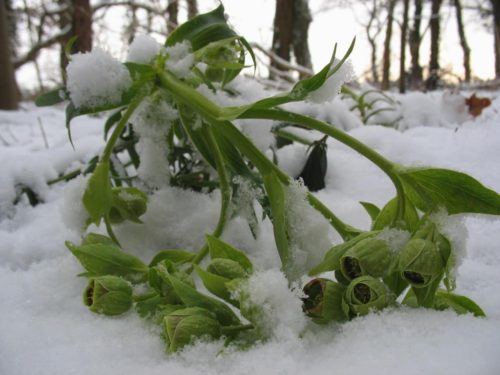
- Pruning plants
On the eve of the blossoming period, experts recommend to remove the old foliage to maintain a better decorative species and in order to prevent the disease of new young leaves fungal spot. Given the poisonousness of the plant, the trimming must be carried out in gloves. Cutting Botto cannot be given pet, in order to avoid their poisoning.
Reproduction of Moroznika
The plant breeds in two ways: vegetative (division of bush) and generative (seed).
- Drain the bush on the part is better at the beginning of the spring, while all the processes of growth and vegetation are slowed down. Frost "Caprisen" during transplantation and can only be bloated for the next year or not at all come across. Therefore, when landing, the decene needs to comply with technology and provide proper care to young plants. To share a better young and healthy bush, ensuring full-fledged roots, and the place of the cut on rhizomes to treat charcoal. The seedlings obtained grow very slowly, so the seeds are most often used.
- The seed method is quite simple and not intricate. Seeds must be definitely fresh, because after after half a year their storage, the germination will be almost zero. The optimal option: sow seeds immediately after their aging (approximately, in June). It is impossible to allow overhearse or a sort of seed material, better let them not divert - it will not affect their germination. Ripe boxes with seeds are bursting sharply, scattering around the seeds, and often self-sakes also shows good results. Therefore, most often, for an organized sowing, they are not allowed not allowed boxes and, some of them, drying, seed into the ground.
Some freezniki varieties have their own preferences regarding the methods of reproduction. So, the freezing of stinky is best breeded by self-sowing and practically does not take root with the vegetative separation of the bush. And the freezer black successfully breeds the division of the bush, early spring. The Oriental Frost, on the contrary, is better coming up after the autumn division of the parent plant.
Application of frostika
Possessing such valuable qualities for flowerflowers like frost resistance, unpretentiousness in care and an unusually beautiful decorative appearance, including in the cold season, the frost can not not gain deserved glory and recognition.
- Usage in landscape design
It is not possible not to love the blossom of the freezer against the background of a snow-covered garden, especially if the perennial is not alone, but entire groups. Group landings look very effectively both along the tracks and in flower beds or shadow alpine slides. The frost is valued, first of all, for its evergreen foliage and resistance to low temperatures. And the multicolored palette of the paints of the pets of the clutter is impressive with its unique beauty. Fruit, freezing, still remains a real decoration of flower beds almost all year round.
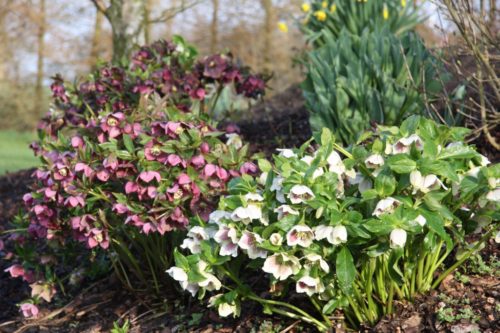
Gellebors are perfectly combined in landings with other early-minded plants: crocuses, short grades of tulips and daffodils, Scylla. With a combination of garden plants, it is advisable to pick up the frost of companions that do not exceed them in height. And this property of the plant, as a teotalemability, allows you to land a cloth under the trees and shrubs. Attention should be paid to the poisonousness of all parts of the frost and not to plant it in places where children can play.
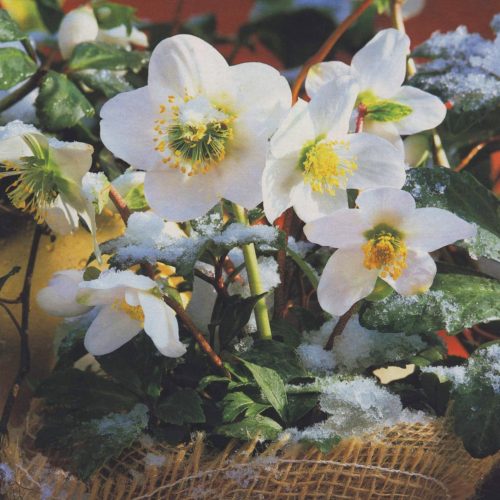
Increasingly, the freezer, began to use and as a potted culture, decorating, therefore, terraces, paths or sites. Creating potted compositions, designers combine plants not only in color scheme, but also in flowering timing. Every year, the perennial is becoming more magnificent, and the flowers are larger. In Germany, for example, there is still a custom to give to your friends or close to Christmas, a freezer, landed in a flower pot or cut in the form of a bouquet. Choosing a pot for the landing of a freezer - should be able to stop its selection on spacious containers, allowing you to freely grow the root system.
- Use in medicine
Frost famous and thanks to his healing qualities. The most valuable medicinal properties of the Caucasian and Frostyanik black. In folk medicine, these plants are designed to regulate the metabolism and lower blood pressure; render laxative, diuretic, choleretic and bactericidal action; Enhance immunity and even prevent onco-scab.
The facts of the use of a freezer as an effective means for weight loss are known. This is due to the ability of the plant to purify the body, remove excess fluid and accelerate the fat exchange.
It is important to apply a freezer only after consulting a doctor. A poisonous plant has a lot of contraindications and can be mortally.
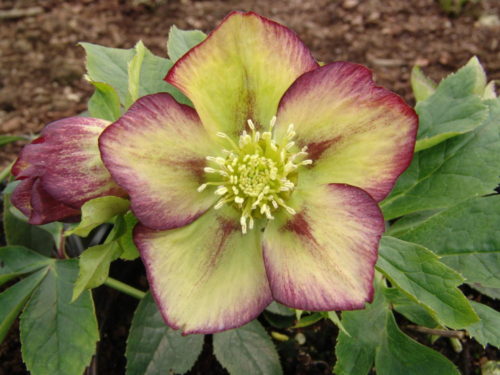
Summing up, it can be noted that it would seem that such a simple grass is a freezer, rightfully considered a unique evergreen plant with wondrous beauty with flowers and so early flowering time. And unpretentiousness in the care and endurance of perennial, growing in one place for many years, made it a real pet for many gardeners. Such qualities will allow anyone who wants to easily grow a freezer on his garden plot and admire it all year round.

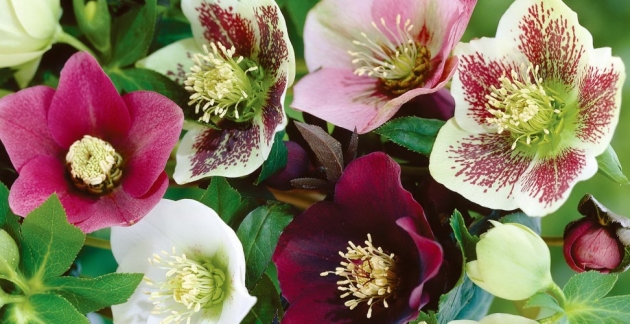
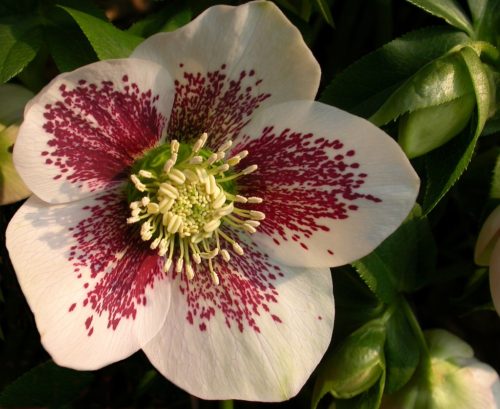
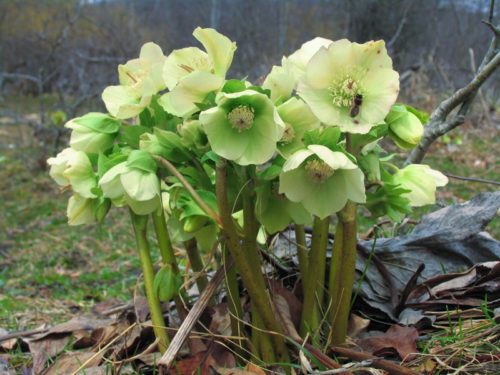
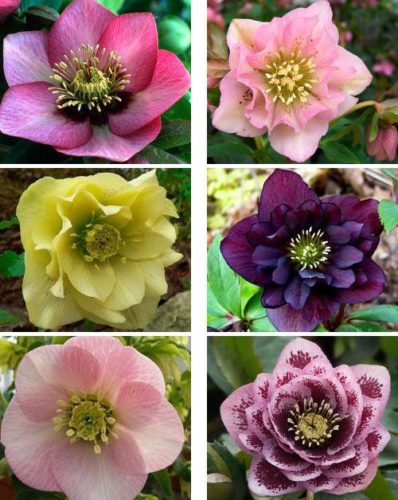
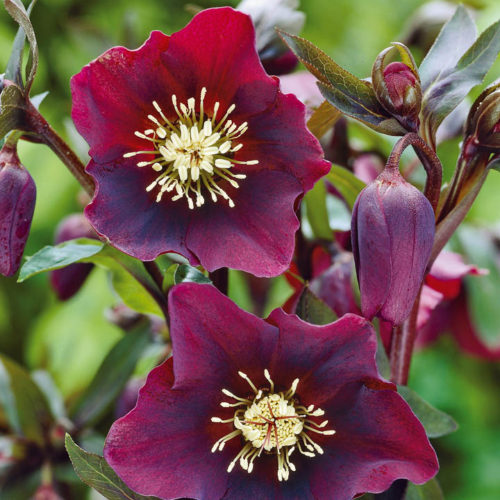
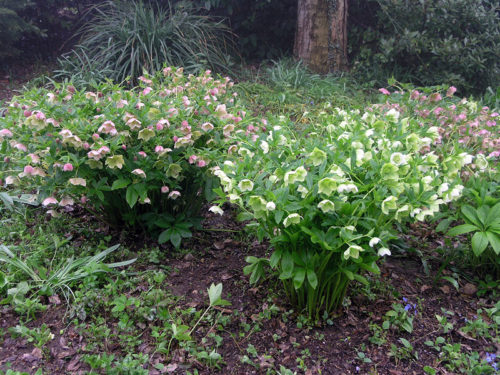
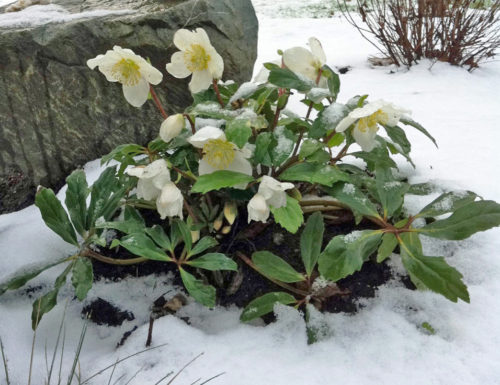
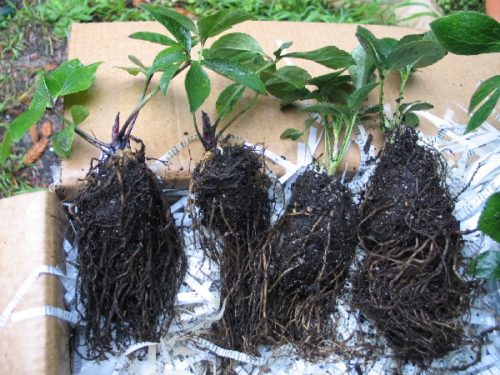
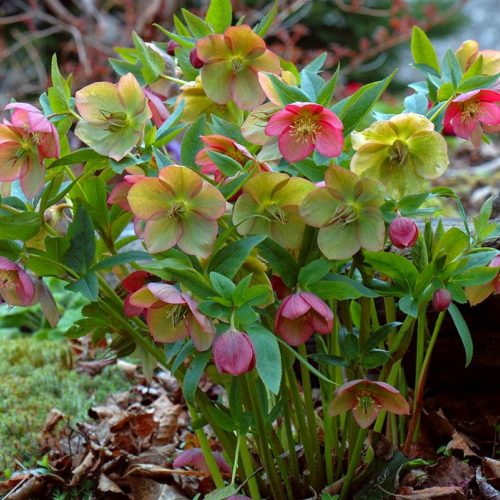
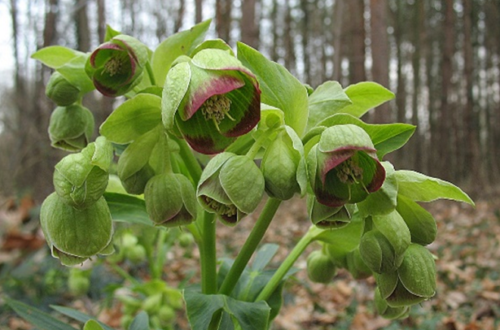
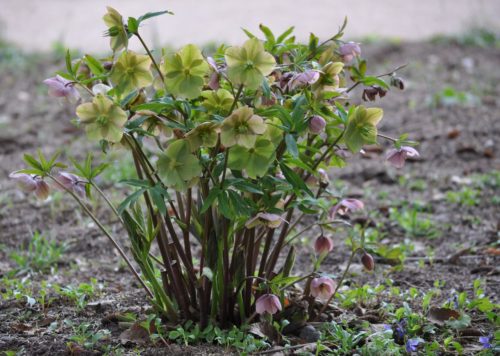
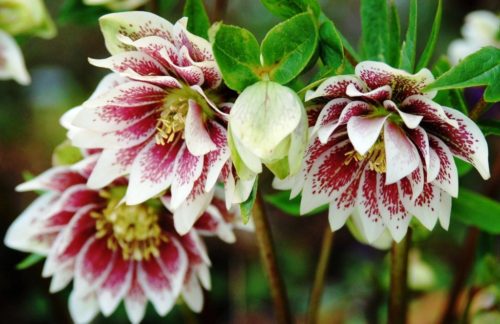

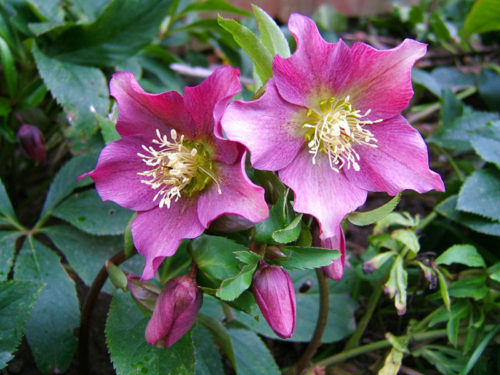
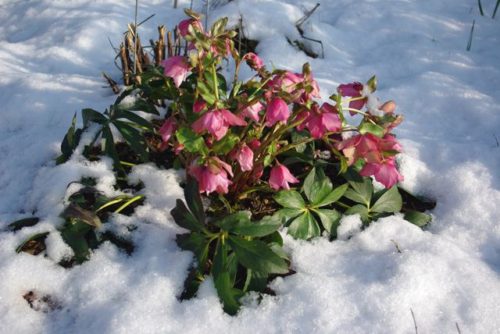
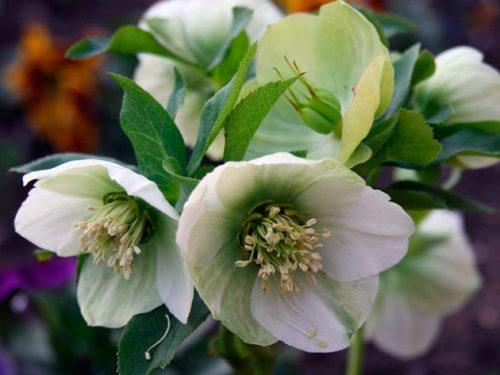
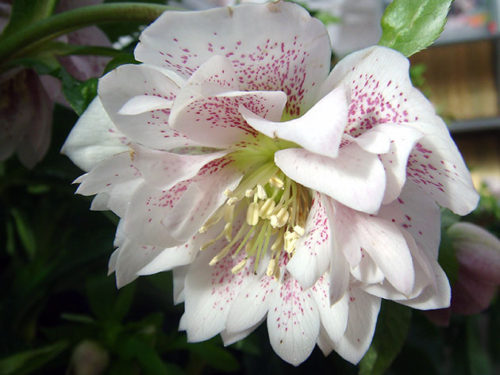
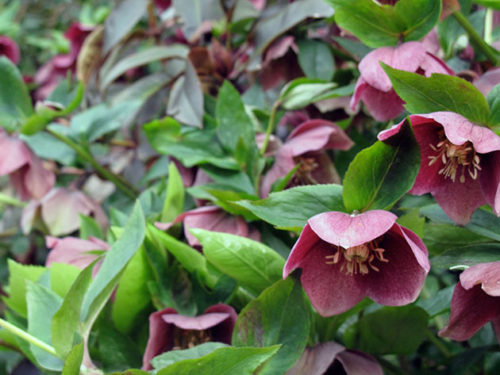


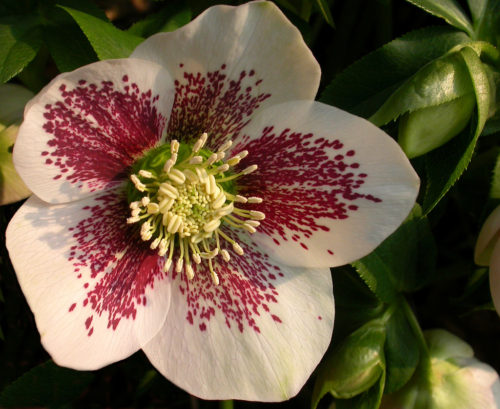

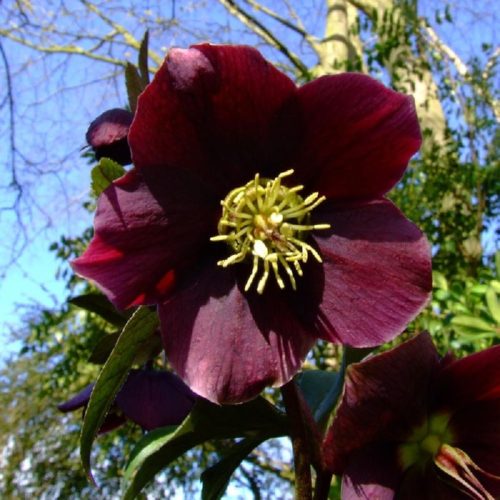
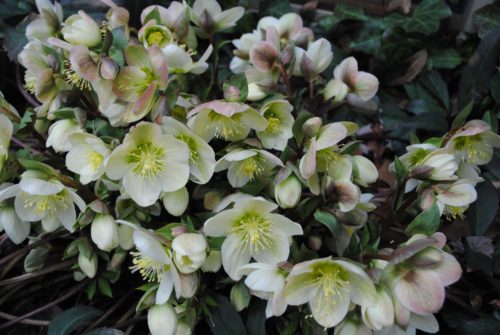
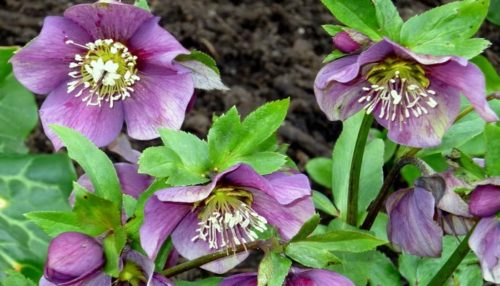
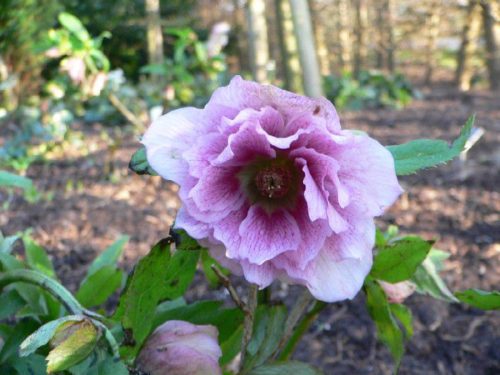
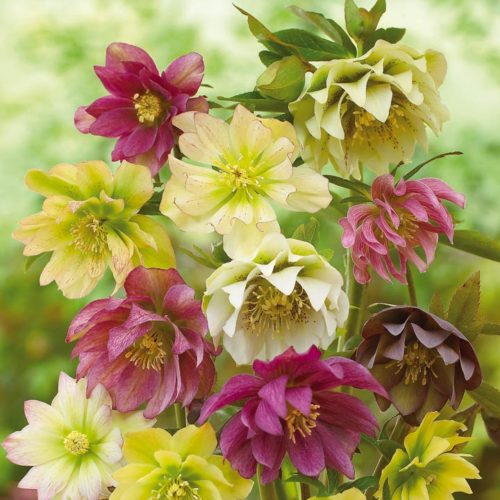
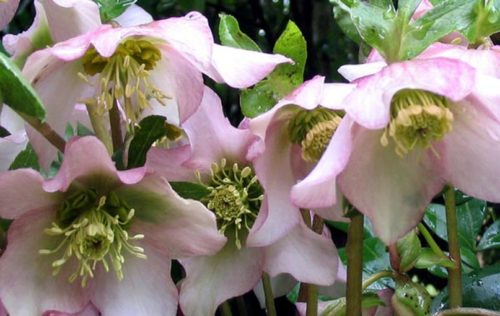
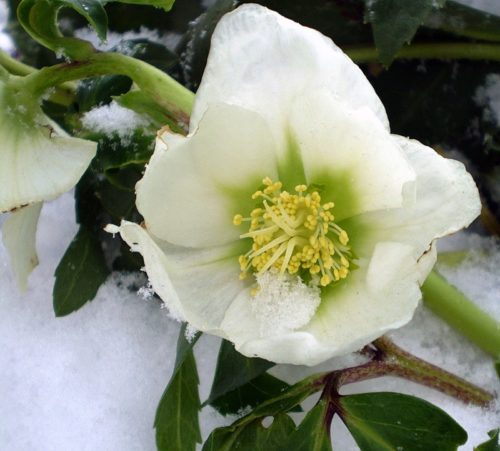
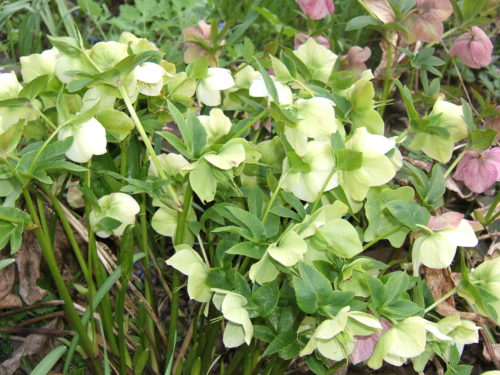












 Start a discussion ...
Start a discussion ...